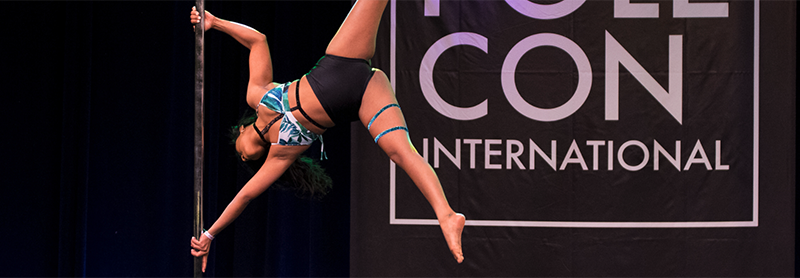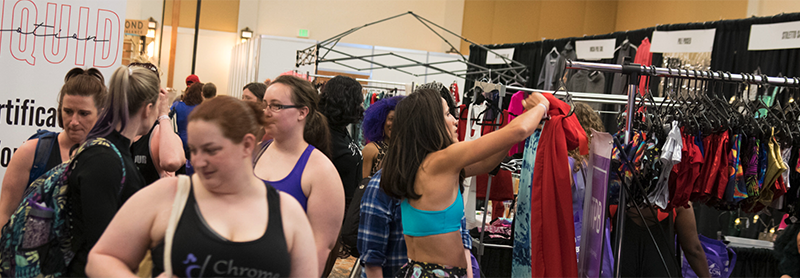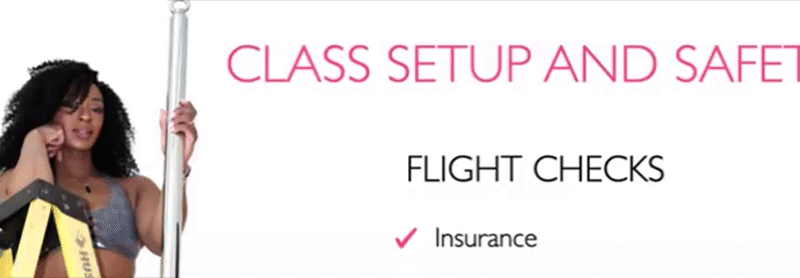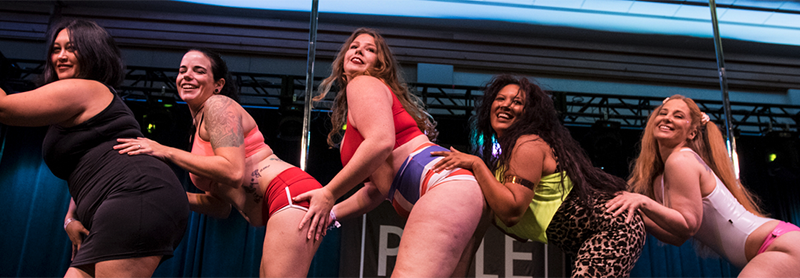A train-cation is a trip (usually away from home) where you focus for a specific…

How to be a “good” student when you’re a pole instructor
Sometimes, we must take time off from pole. This could be due to injury, pregnancy, financial strain, or a variety of other reasons.
When we come back, we are in a totally different place physically and emotionally.
Many people have written about returning after a break, in this post we’ll address a very specific version of coming back to pole: returning as a student after a break when previously you were an instructor.
>> Some of this advice can also apply to instructors who are still students as well.
When we first started out, we don’t know what cues really resonate with us, what a safe set-up looked like, what instructors we really vibed with; and more. Because we don’t know these things, we were happy to train anywhere and with anyone.
As we progress, we form opinions about cueing and progressions and get more selective about what classes we take. Once we have formed these strong opinions, it may be difficult to put them to the side and go back to student-mode.
Let’s look at some things that can help your return to “student brain.”
Acknowledge the frustration
Your brain is going to be far ahead of your muscles after a long break.
Remember to start slow and meet yourself where you are now. You’ve been here before and you’ll work your way up to harder skills again at whatever pace is appropriate for you, now.
Do some off-the-pole training. There are plenty of resources on how to build your skills safely, and many of them are IPIA members or partners.
Shift out of “Coach Brain”
This really goes for anyone who is a coach that takes group classes and not just those returning after a break. >> There is a fine line between class comradery and slipping into coach mode.
In most classes, it’s fine to repeat cues the instructor has said, but don’t start coaching on the side to other students. Side coaching is incredibly disruptive to the class, it gives the impression the instructor can’t handle the number of students present, and other students (ones without any coaching training or experience) may also start side coaching with inappropriate cues that can lead to injury.
Side coaching is also rude to you.
You came to class to be a student. You should be learning and building skills. You paid to be there; you aren’t getting paid.
Know your worth and don’t work for free (even if you really want to). This can also be challenging if you’re now in a class with people who were your students (or are your students if you’re currently coaching).
Classmates who know you as a coach may ask you specifically for clarification on a skill while the instructor is assisting other students. It’s up to you to politely tell them “I’m not coaching right now, that’s a great question for <Instructor>.” Most people are understanding when told politely.
How to make the shift
A way to shift out of coach-brain may be doing your artist pages prior to going to your pole class. Take a few minutes to sit outside the studio and do a total brain-dump of whatever you’re feeling. Clear your mind and walk into the studio with a level head and in the brain-space where you are there to learn and absorb.
If artist pages aren’t for you, do some self-exploration and grounding. This could be a small ritual that can bring you back into yourself after a long day or work or a stressful commute to the studio can do wonders for getting you in the right mindset to learn, like taking a few deep breaths.
But I’m Still Struggling
If you really can’t turn off coach-brain, consider going to a studio where no one knows you. This might not be an accessible option if you’ve traveled to coach, have an extensive online following, or coach in an area with limited studio variety.
Another option is private lessons. If you require hands-on spotting, an in-person private lesson is obviously the way to go, but there are also many instructors who offer virtual private lessons who could offer you a new perspective and some privacy as you find your way.
You can also try is a new discipline that you haven’t trained or coached before is a sure-fire way to get you into student mode. The less related to pole, the better because you will really get into that student mind set. Some examples are learning an instrument or making visual art. Be intentional when you do this, notice how being a student makes you feel physically and mentally and do what you need to get back in that state prior to going to pole.
Concluding Thoughts
Coming back to pole after a break is hard. There’s no sugar coating that.
Stepping out of an instructor role and going back to being a student is also hard, and it’s a unique challenge. Demonstrate that you know your worth by resisting the urge to side-coach and let yourself enjoy being a student again.



